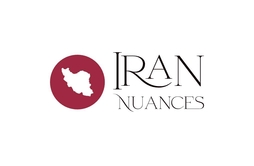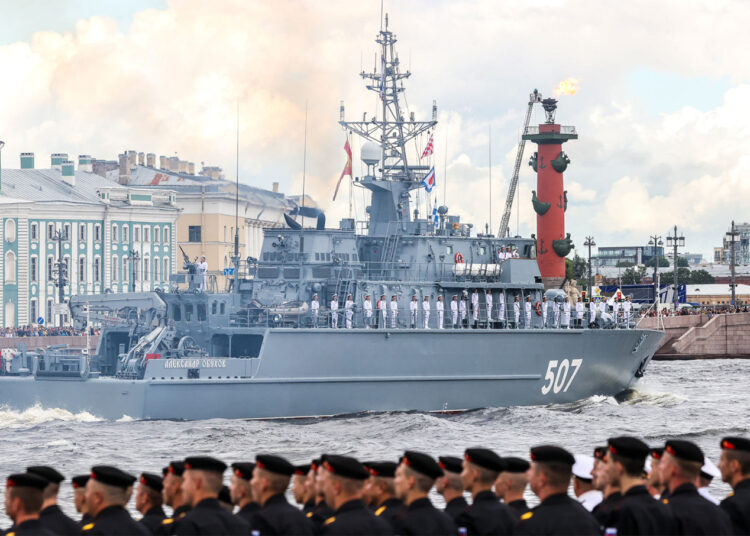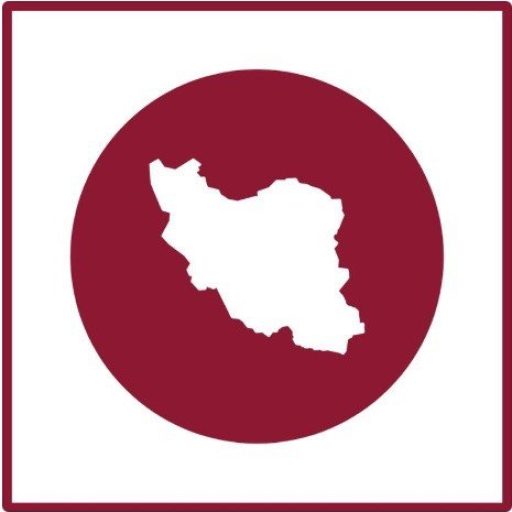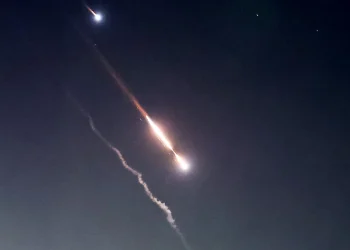As the summer of 2015 unfurled, a sharp question was pitched to Russia’s President, Vladimir Putin, in a televised interview: “Can we consider Iran as an ally of Russia?” The response of Russia’s commander-in-chief was strikingly an echo from the accounts of historical statecraft. “Russia only counts the army and navy among its allies,” Putin stated, hinting at the foreign policy orientation of the Russian ruler of the 19th century, Emperor Alexander III.
As we fast-forward to the present, two symbolic Iranian navy vessels are taking part in Russia’s annual Navy Day parade. Presiding over the parade, delimited to the final Sunday of every July, is none other than President Vladimir Putin. Official representatives from 21 nations, including Iran’s Naval Commander, Rear Admiral Shahram Irani, convened alongside an array of high-ranking defense dignitaries today in St. Petersburg.
However, this year’s naval parade’s measures, dimensions and scope must be evaluated and looked upon based on geostrategic competitions of powers and the role of the seas in these competitions.
Russia’s maritime challenges
As we turn to the maritime challenges confronting Russia, it’s prudent to note that the nation is staked between the Black Sea, the Pacific Ocean’s northern reaches, the Arctic Ocean and the Caspian Sea’s unsuspecting calm, alongside the Baltic Sea’s frosty demeanor. In simpler terms, in conjunction with sharing its land borders with 14 Eurasian countries, Russia’s maritime purview spills over to neighboring nations flanked by the Bering Sea, Sea of Japan, Caspian Sea, Black and Baltic Seas. This geographical panorama delivers an assortment of challenges, balanced in a delicate dance with the opportunities it proffers, particularly at an epoch when Russia finds itself embroiled in an arduous conflict on Ukrainian soil with a major Western alliance.
In line with this landscape, the Russian naval and military doctrines allot hefty weight to their naval strength; a pillar of national defense. The echoes from the Soviet era when its Navy was a pivotal presence in the Warsaw Pact against NATO, reverberate in today’s Russia. It places profound emphasis on augmenting and stratifying its naval fleet across the world’s maritime corners from the icy Arctic Ocean, serenely Pacific, Baltic Sea, Black Sea encompassing up to the Caspian shores.
The war in Ukraine and likely maritime encounter
One of the consequences of the war in Ukraine is the escalation of tensions in the Black Sea, thereby amplifying Russia’s strategic concern over the immediate waters, particularly the Black Sea.
The reverberations of Russia’s withdrawal from the Ukrainian agreement on grain exports via the Black Sea have ominous implications for regional tension. NATO, on July 26th, proclaimed an enhancement in intelligence operations in the Black Sea precinct, furthering from Russia’s departure from the aforementioned grain deal. “NATO and Allies are increasing surveillance and reconnaissance in the Black Sea region, including deploying maritime patrol aircraft and drones,” NATO’s statement noted.
Against this backdrop, Putin, in an address on August 1st, underscored Moscow’s preparedness for any potential confrontation with NATO, stating, “No one desires such an outcome…, but if someone wants it, and that’s not us, then we are ready.”
It is noteworthy that this year’s Navy parade in Russia was overshadowed by the drone battle between Russian and Ukrainian forces. According to evidence, radar detection and identification measures against attacking drones were also used in this year’s parade. In recent months, Russia has faced an increasing number of drone attacks on its soil. Moscow also faced two drone attacks last night.
Iran’s presence at Russian Navy parade
Stealing the limelight amid the choreographed maritime ballet is Iran’s conspicuous presence on the Russian Navy parade’s guest-list, adding a tinge of intrigue to the defense and military camaraderie shared between these two countries alongside the Caspian Sea.
Given the geographical location of Russia and Iran, the common borders in the Caspian Sea and the possibility of cooperation in the Persian Gulf and the Sea of Oman are reasons for these countries to pay special attention to the seas and exchange ideas and initiatives about military and maritime security cooperation between the two countries.
Tehran and Moscow are working to expand their maritime cooperation capacity with other partners. On March 15th, The Security Belt-2023 joint maritime exercise was held in the Sea of Oman with the Iranian Army Navy, the Islamic Revolutionary Guard Corps (IRGC) Navy, the Russian Navy, and the Chinese Navy in attendance. This joint exercise was also held in 2019 and 2022.
A strategic glance towards prospective maritime agreements with the southern Persian Gulf states also resides in Moscow’s geopolitical play. Most recently, Russia has unveiled possibilities of stretching the North-South Corridor as far as Africa, a vision necessitating maritime agreements with corridor member states (here, Iran and Russia), alongside regional countries, forming a thread from the southern Persian Gulf to Africa’s Horn. In the same vein, specific African leaders extended their stay in St. Petersburg following the second Africa-Russia summit, joining Putin in the special event of Russia’s Navy Day.
Given Russia’s emphasis on intensifying its military footprints in international waters, anticipation of renewed dynamics between Russia and its Western rivals simmers in the global arena. Indeed, naval drills led by the US, South Korea, and Japan in recent days have been met with an immediate counter from Russia and China, uniting in their “North / Interaction-2023” drill in the Sea of Japan.






